While the venerable City of Durham nestled in the United Kingdom boasts one of the world’s great cathedrals, its humble North Carolina namesake stands out in terms of tobacco warehouses and cinematic baseball history. But before we talk about America’s Pastime and the Golden Leaf, let’s talk about an unremarkable plastic camera that not many people have heard of.
The Camera
The Sabre 620 box camera was manufactured between 1956 and 1972 by Shaw-Harrison Company of New York. Intended, I suppose, to look cute, it came in a variety of colors and sported a little plastic handle.
As the name implies, the Sabre 620 takes 620 film and produces 12 2 1/4 by 2 1/4 inch exposures per roll. There is a tiny viewfinder on the top that leaves you holding it up to your eye while attempting to pull down the clunky shutter button without joggling the camera. And when the shutter does trip, there is no appreciable sound, leaving you to wonder if you’ve pushed it down far enough.
So far, I hate it. Compare all of the above to the relative joy of using the bright waist-level finder on a Kodak Brownie Hawkeye and hearing the satisfying ‘clack’ of its shutter.
But the Sabre has a single redeeming quality (for those who don’t count cuteness). Its simple meniscus lens can be flipped, leaving the camera capable of capturing flipped-lens images that some — I’m one — find attractive.
Lens Modification
Any simple lens can be flipped if you can access it, and after that it’s just a question of whether the results are to your tastes. Not everyone appreciates the intentional distortion of images. But for enthusiasts, flipping lenses is a worthy pursuit that keeps cheap cameras in action and challenges the photographer.
Envisioning how a lens will distort and trying to match it to the proper subject matter is something you can think about and experiment with. And, of course, it never hurts to just get lucky. If you’re after perfection, flipped lenses are not for you. If you’re after creative photographic play, this is one more way to enjoy yourself.
It’s by viewing the work of others that you hear about obscure cameras such as the Sabre and decide that the look of its negatives has merit. After that it’s simply a matter of visiting an auction site. There was a Sabre on eBay the first time I searched. Harder to find here in the U.S. are cameras made elsewhere but never deemed worthy of import — the Kodak Brownie Cresta of England, for instance.
The Approach
To use the Sabre, you have to respool 120 film on 620 spindles. That’s easy enough. Cheap lenses tend to lack contrast and produce negatives without a lot of structure, so I mostly use 400 speed film and shoot almost exclusively through a red filter.
The combination of fast film, slow shutter, box-camera aperture and heavy filtration usually results in usable negatives on bright, sunny days. That’s an important consideration here in central North Carolina. The photographer who can’t devise ways to shoot creatively in full sun will spend a lot of time indoors waiting for the moody fog to roll in.
And so it was on a recent Sunday afternoon that I reached for the Sabre 620 with the goal of exposing a roll of film around the downtown entertainment district known as the American Tobacco Campus. I knew historical buildings would be a good subject for the rough and gritty negatives I like.
The Subject
The American Tobacco Campus takes in the warehouse district that was once a focal point in the international tobacco trade. In the 20th century, the Lucky Strike and Pall Mall brands were manufactured here, but Durham’s industrial tobacco history goes back further. The city’s nickname —the Bull City — comes from the popular 19th century “Bull Durham” tobacco brand.
Which brings us around to baseball.
Durham boasts the most iconic minor league baseball team in the country — the Durham Bulls — thanks to the 1988 film “Bull Durham.” Filmed in and around Durham in 1987, the movie was well received and is still popular with fans of baseball, as well as with fans of Kevin Costner, Susan Sarandon and Tim Robbins.
The Bulls have their stadium in the American Tobacco Campus, but it’s not the one they used when the film was made. You have to travel a mile or so north to see that stadium, which today is used by a local college team. I intended to visit both fields.
In the Field
Into my bag went my loaded camera, along with a red filter and a yellow filter – both 55mm in diameter. I simply hold the filters in front of the lens when I shoot. (Anyone who predicts that they will see my finger in at least one shot won’t be disappointed.)
I’ve already described the unpleasantness of shooting with the Sabre, so imagine that process extended over time and punctuated by stints squinting at the small red window on the back to advance the film and you’ll more or less have the mechanics down. (Anyone who predicts that I’ll mess up at least one shot by not being careful with my winding also won’t be disappointed.)
All that remains is the intoxicating blend of aesthetics and blind luck that adds up to flipped lens shooting. Plastic box cameras embody the best of “push and pray” photography, in which the camera has no settings to speak of, so you simply have to hope for the best once you’ve decided on a subject.
Like all photography, however, the camera is just one part of the process. Photographers will naturally find themselves considering light and composition, perhaps even more than they normally might with no buttons and dials to worry over.
Observations
The first thing that was obvious as I hung the film to dry is that the film transport scratches the film quite a bit. Happily, I don’t really mind since I wouldn’t be using a $5 plastic camera with a flipped lens if I wasn’t after a gritty look. Otherwise, the exposures looked fine, which was a relief. My standard developer, Ilford Ilfosol S, had turned dark brown since the last time I used it, so I reached instead for the only other developer I had on hand: R09 Spezial.
The next thing noted was that the exposures are not actually square. The height of the images is 6 centimeters, while the width loses a few millimeters on each side due to masking by the film transport guides. Again, I don’t mind. I’ll crop them square anyway because the edges left by the camera are very unkempt – and not in the cool, good-looking way.
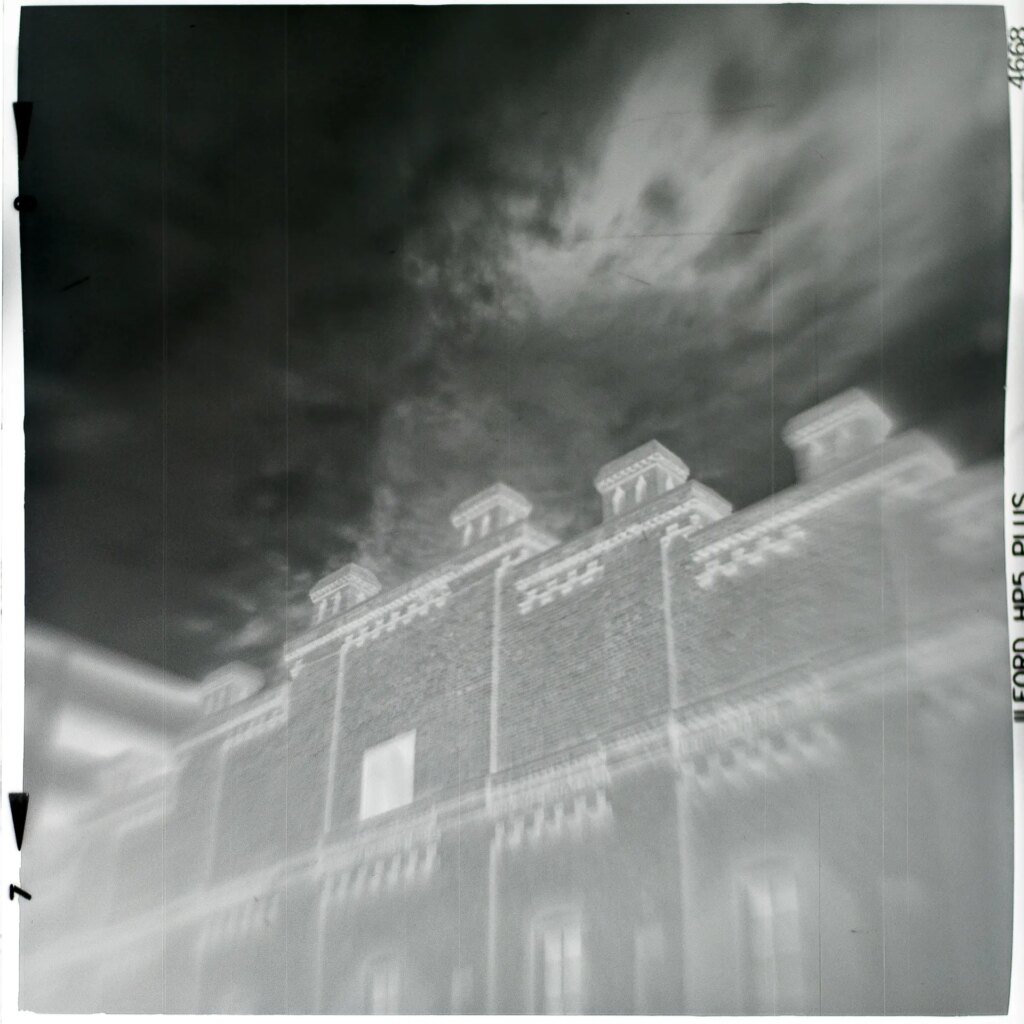
After that it’s a matter of scanning and seeing what I got. As suggested earlier, there are two obvious errors that I made. Still, there are a few negatives I like, and I do feel that the camera/film combination was well matched to the subject matter.
The Sabre 620 will never replace my beloved Hawkeyes for flipped lens work, but variety keeps things fresh and it’s hard to have too many cameras. On to…
The Images
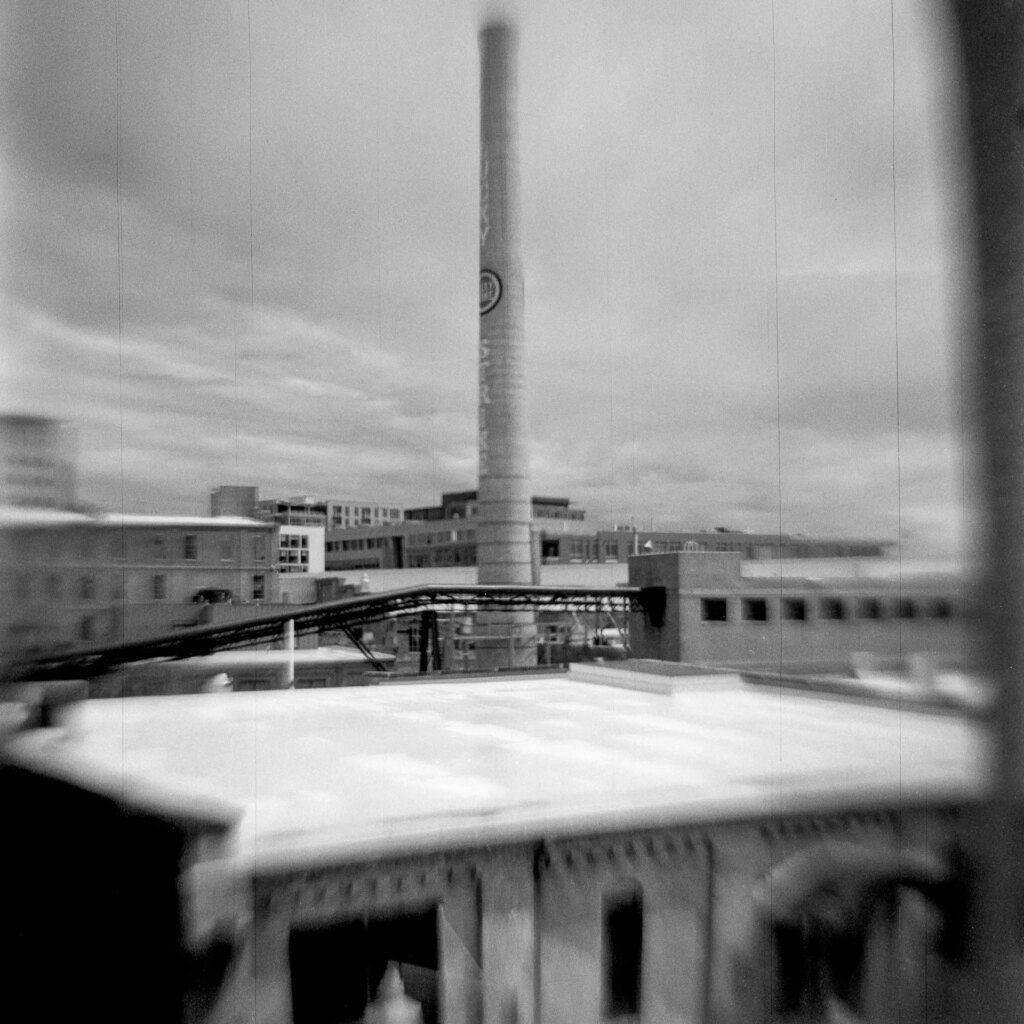
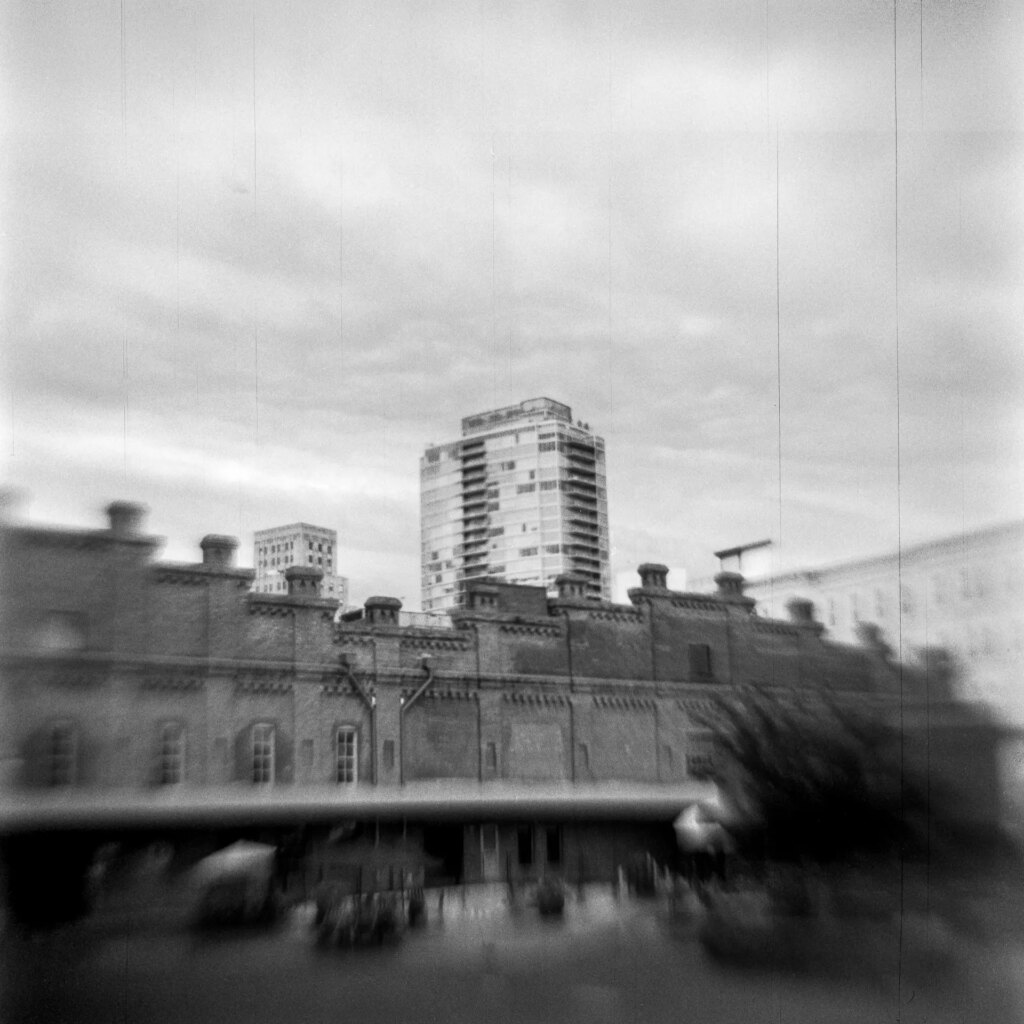
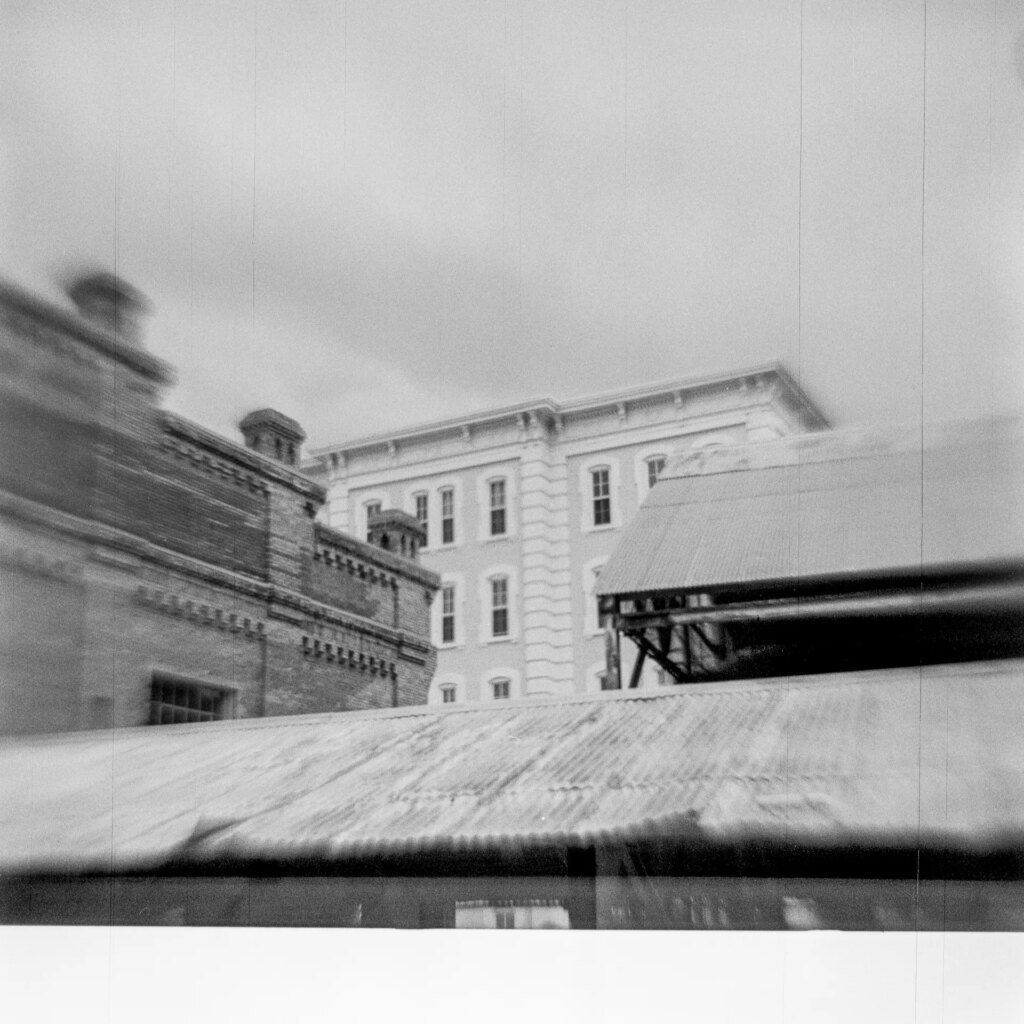
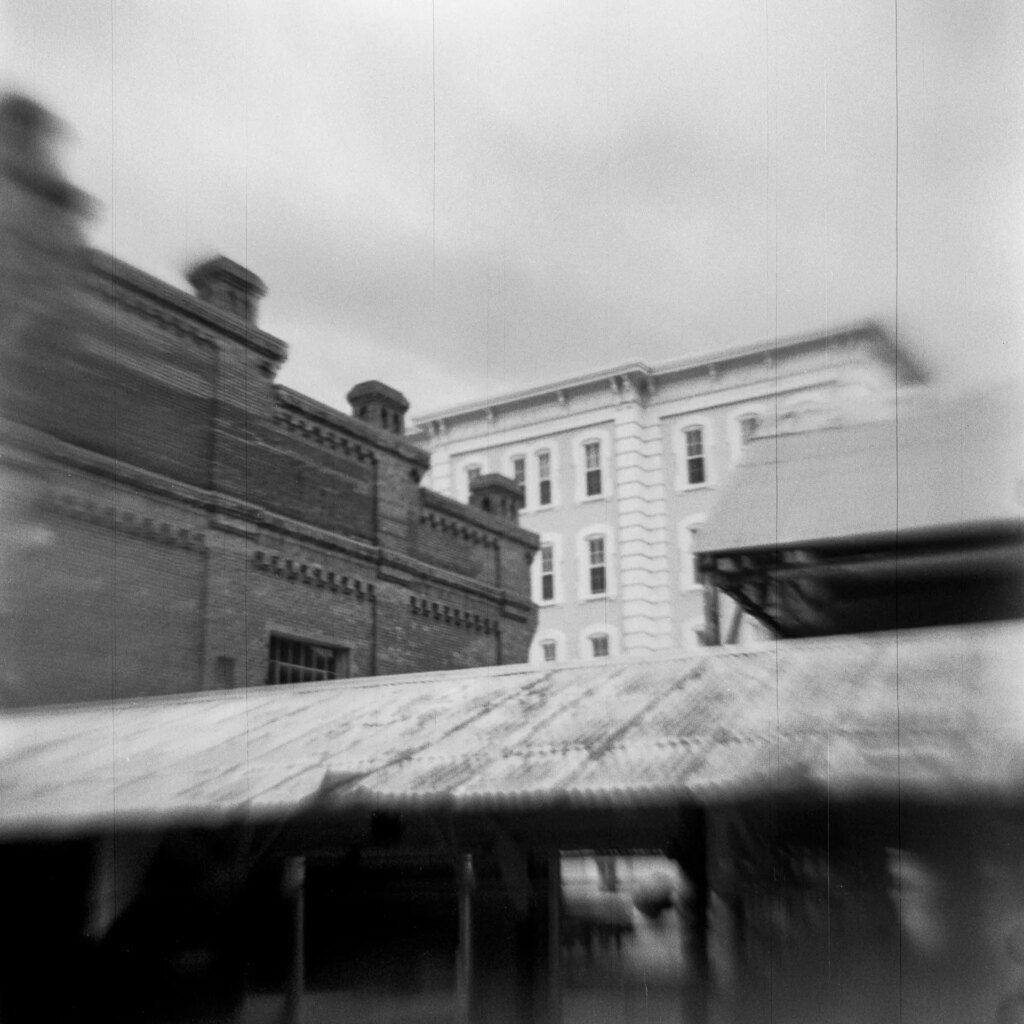
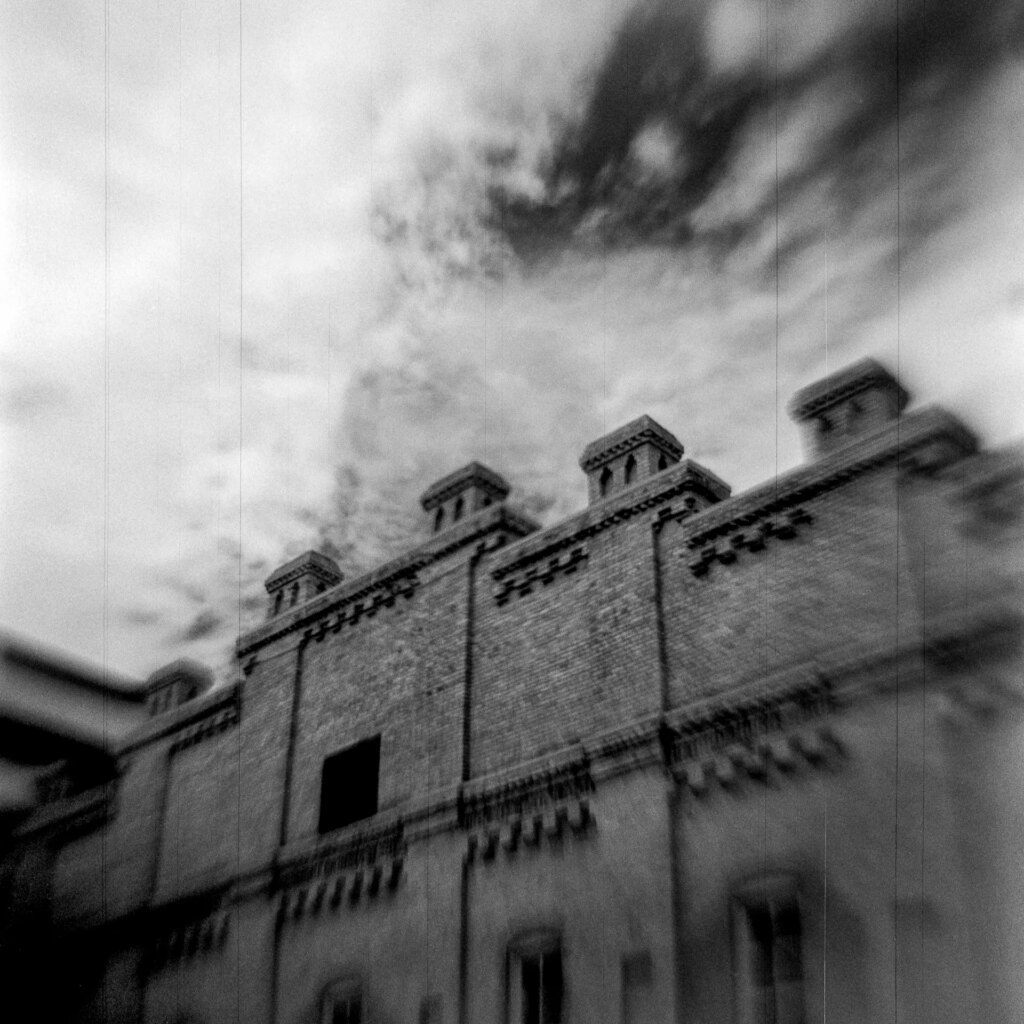
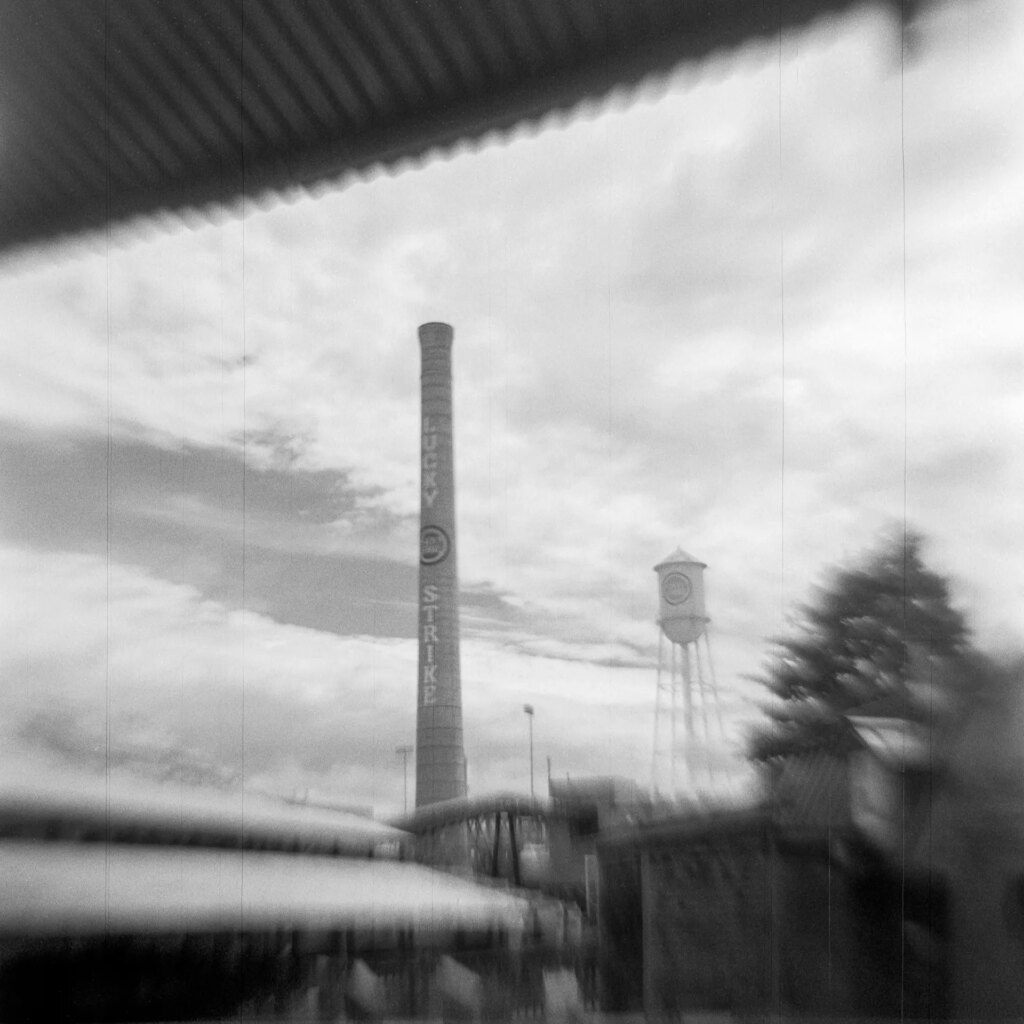
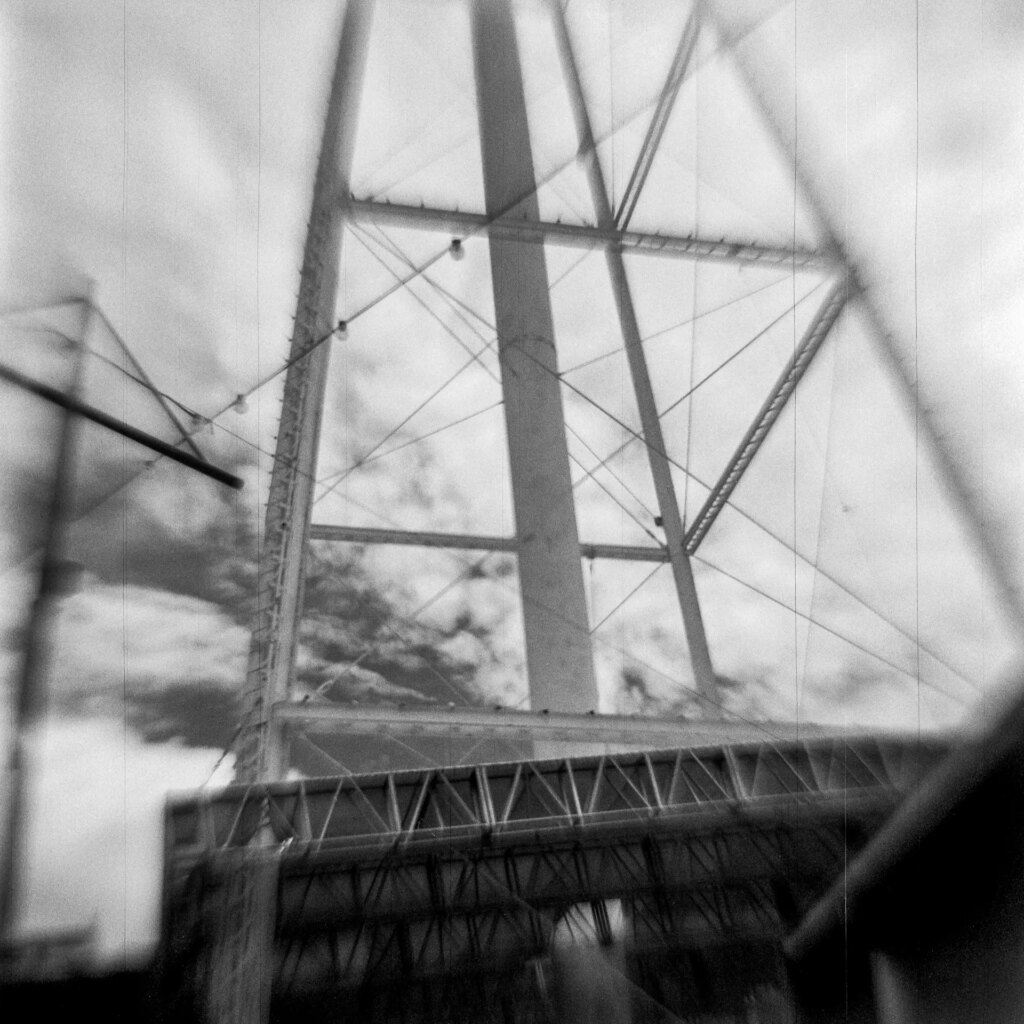
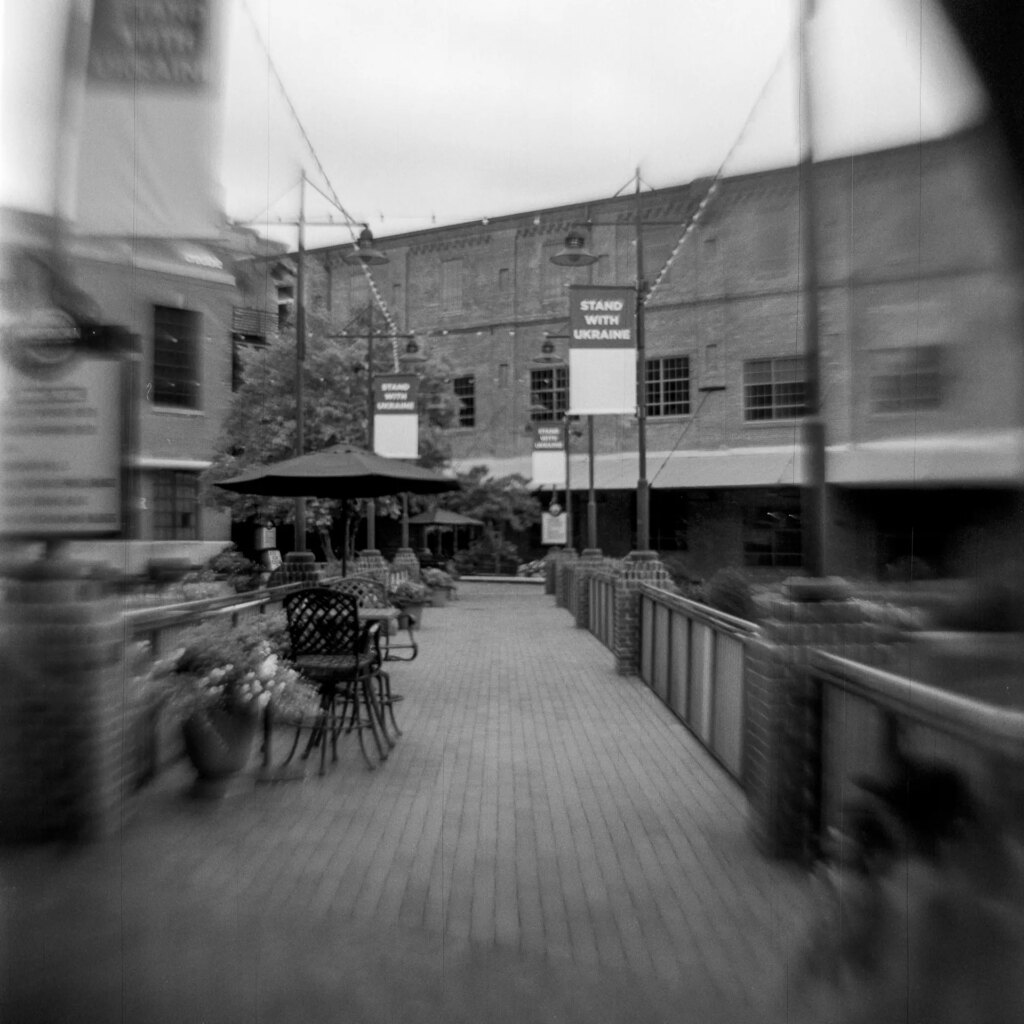
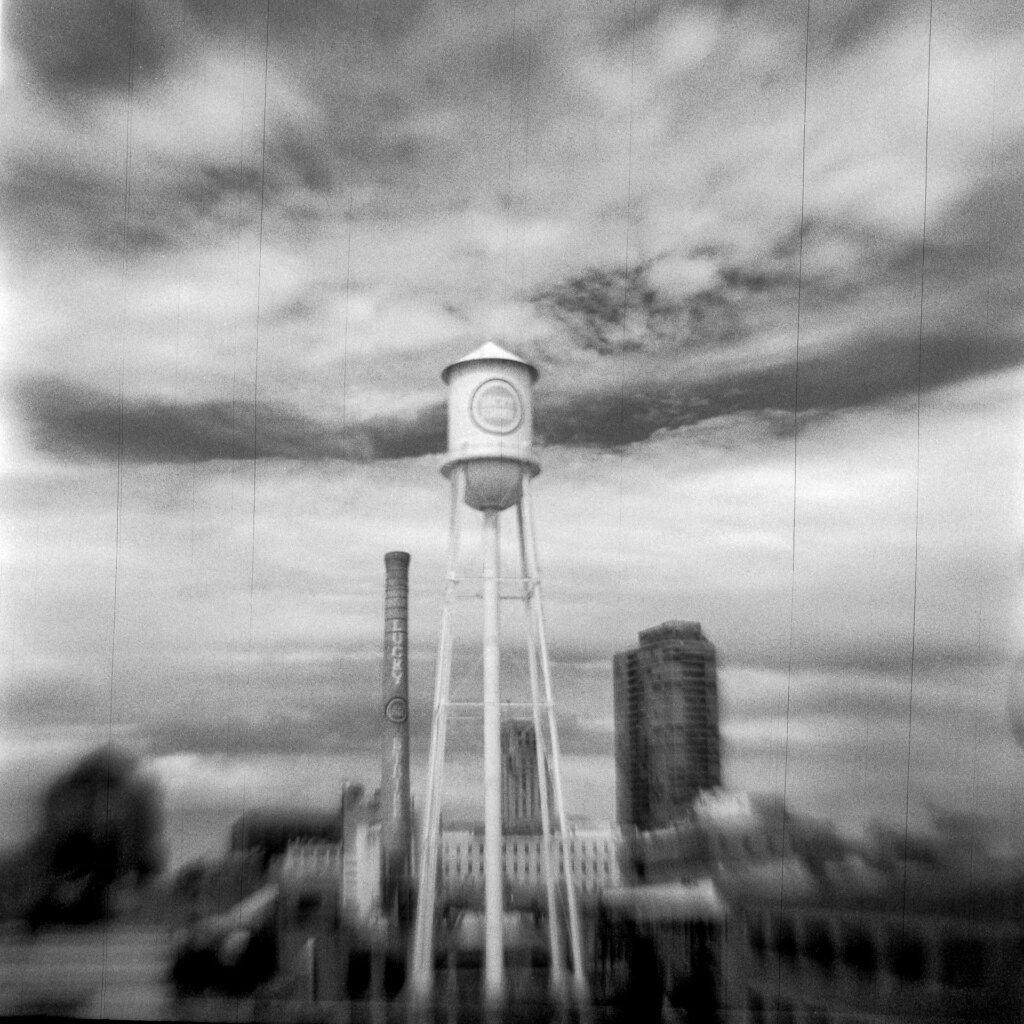
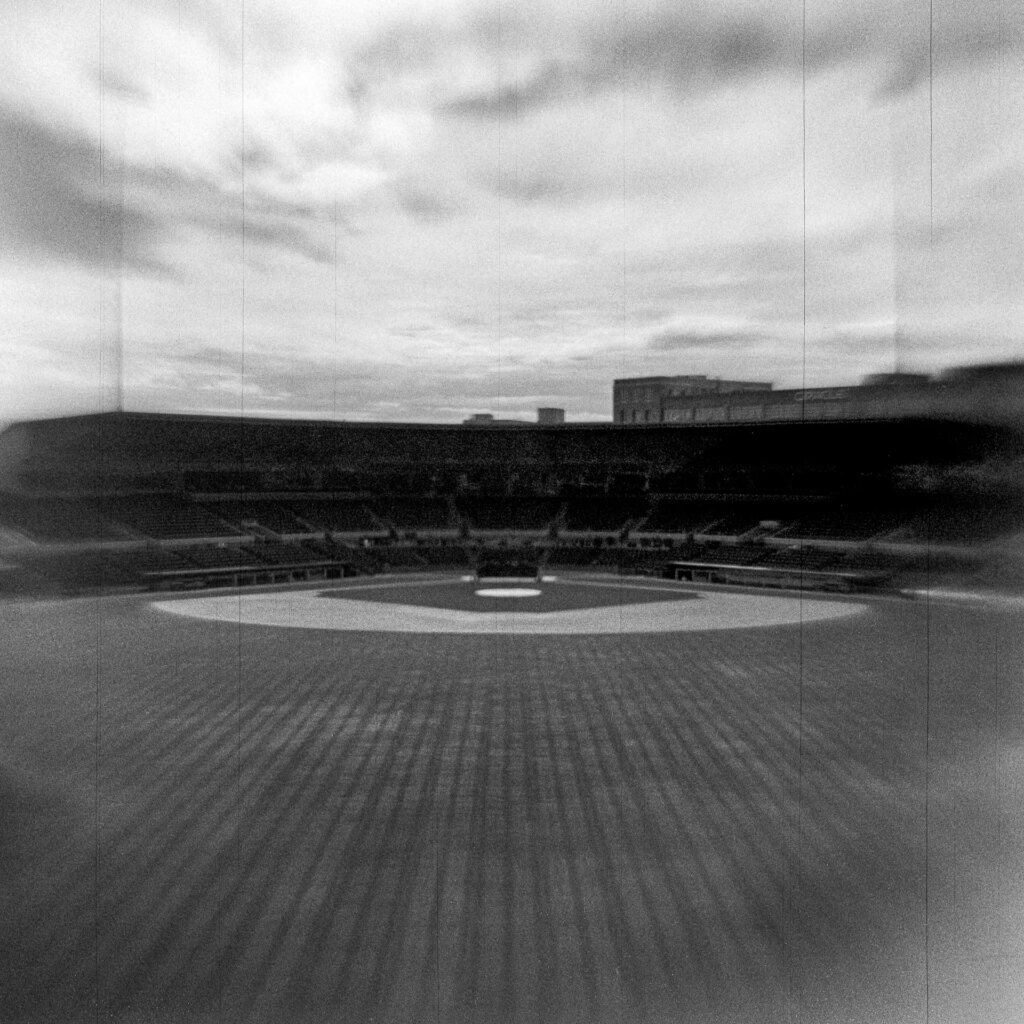
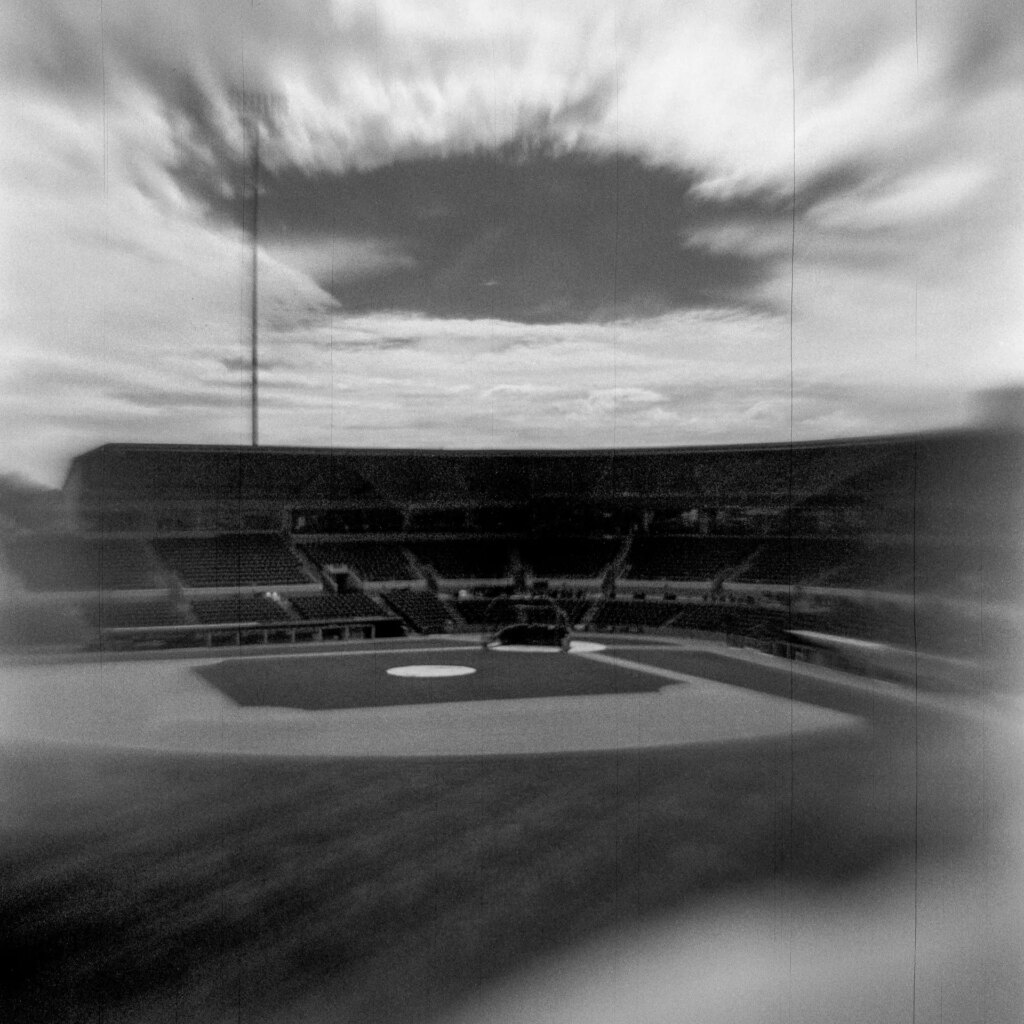
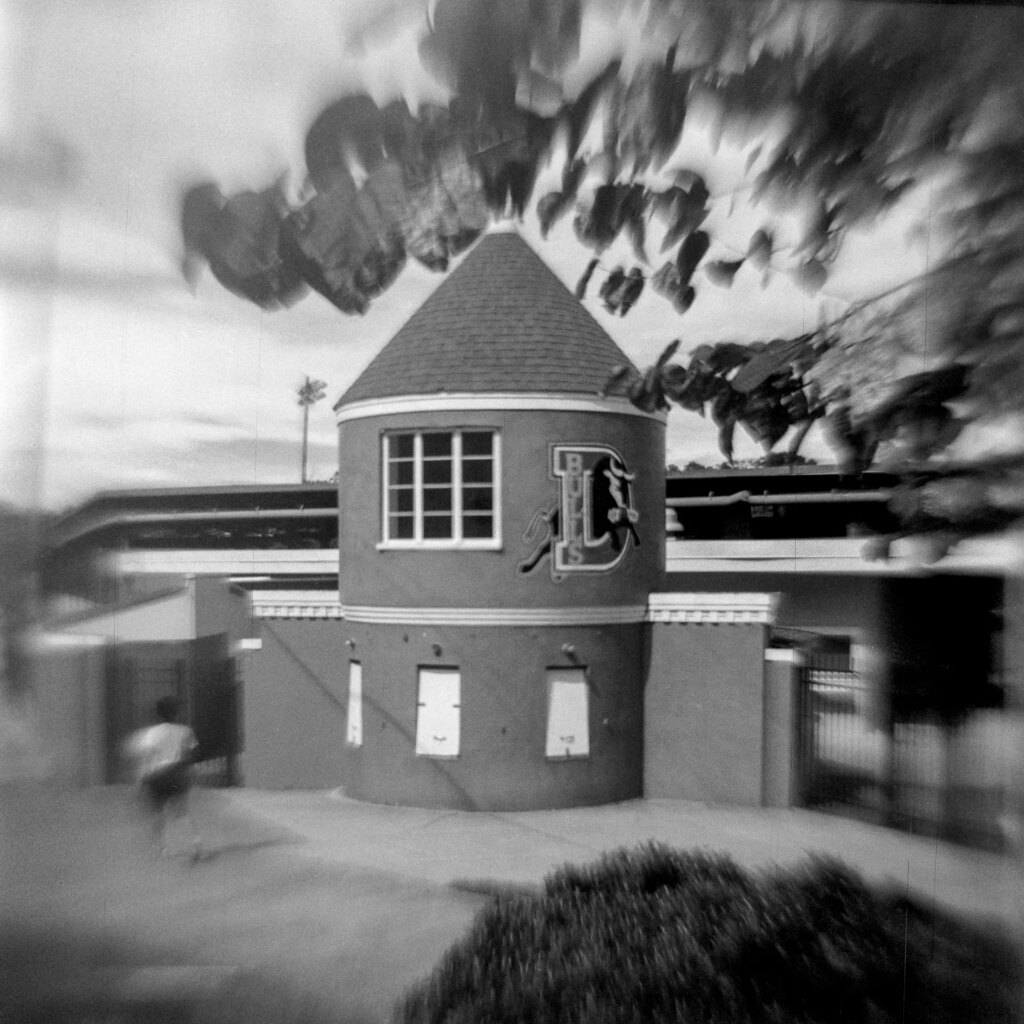
All this seems like a lot of attention to pay to one bad camera (I take that back; there are no bad cameras), but I suppose photography is all about taking the time to focus attention on subjects that might otherwise go overlooked. Please let me know in the comments if you know of any good ‘bad’ cameras I ought to try. Thanks very much for reading.
Clifton Dowell lives in Durham, North Carolina, USA. More of his work can be found at cliftondowell.com, on Instagram at @clifton_dowell, and at Clifton Dowell on Flickr.
Share this post:
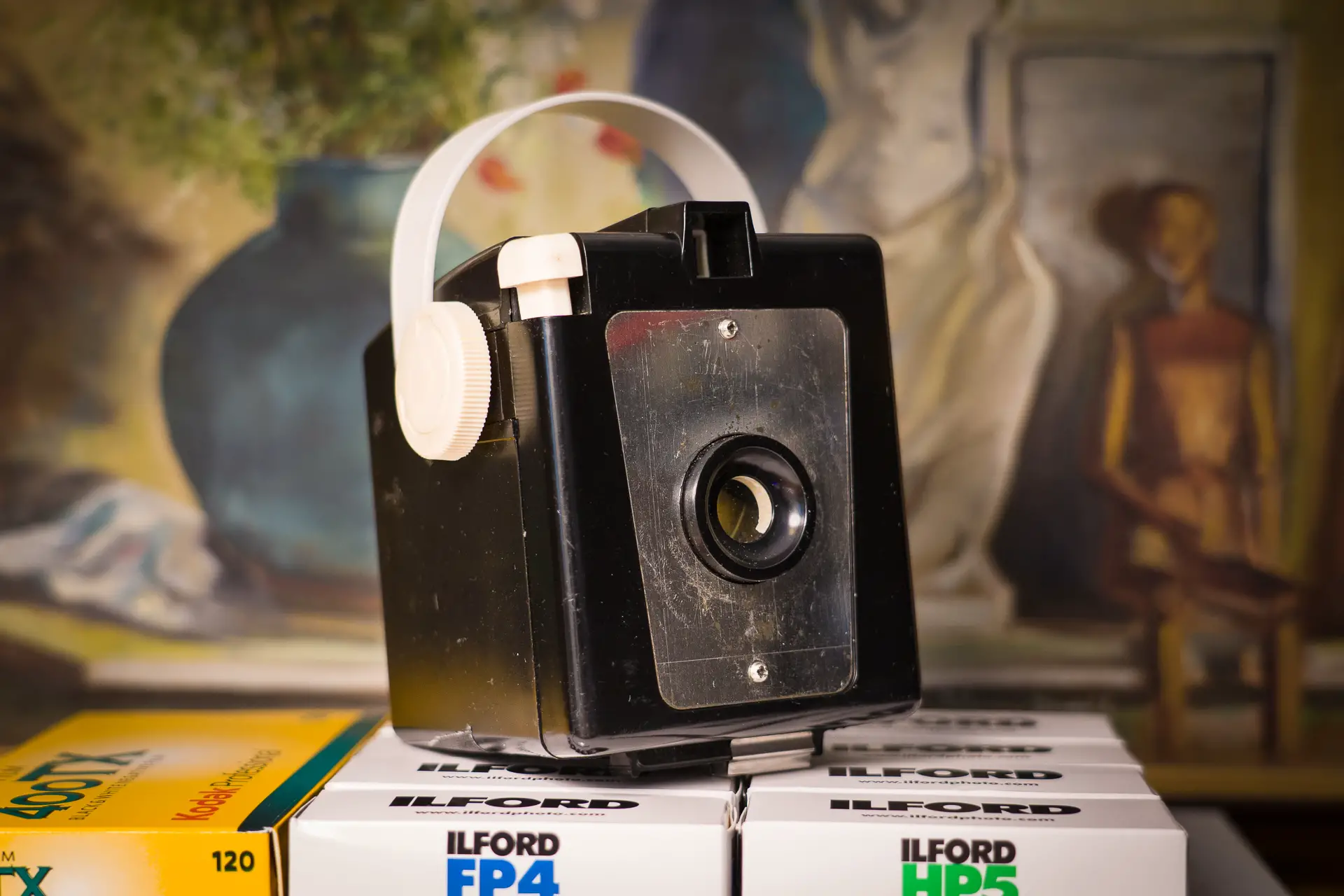








Comments
Keith Devereux on The Whole Roll: Around (the Other) Durham with a Modified Sabre 620 and a Roll of HP5 Plus – By Clifton Dowell
Comment posted: 25/09/2022
Comment posted: 25/09/2022
Eric on The Whole Roll: Around (the Other) Durham with a Modified Sabre 620 and a Roll of HP5 Plus – By Clifton Dowell
Comment posted: 25/09/2022
Comment posted: 25/09/2022
Kevin L on The Whole Roll: Around (the Other) Durham with a Modified Sabre 620 and a Roll of HP5 Plus – By Clifton Dowell
Comment posted: 25/09/2022
Comment posted: 25/09/2022
Comment posted: 25/09/2022
Stewart Waller on The Whole Roll: Around (the Other) Durham with a Modified Sabre 620 and a Roll of HP5 Plus – By Clifton Dowell
Comment posted: 25/09/2022
Comment posted: 25/09/2022
Stewart Waller on The Whole Roll: Around (the Other) Durham with a Modified Sabre 620 and a Roll of HP5 Plus – By Clifton Dowell
Comment posted: 25/09/2022
David Hume on The Whole Roll: Around (the Other) Durham with a Modified Sabre 620 and a Roll of HP5 Plus – By Clifton Dowell
Comment posted: 25/09/2022
Comment posted: 25/09/2022
Scott Gitlin on The Whole Roll: Around (the Other) Durham with a Modified Sabre 620 and a Roll of HP5 Plus – By Clifton Dowell
Comment posted: 30/09/2022